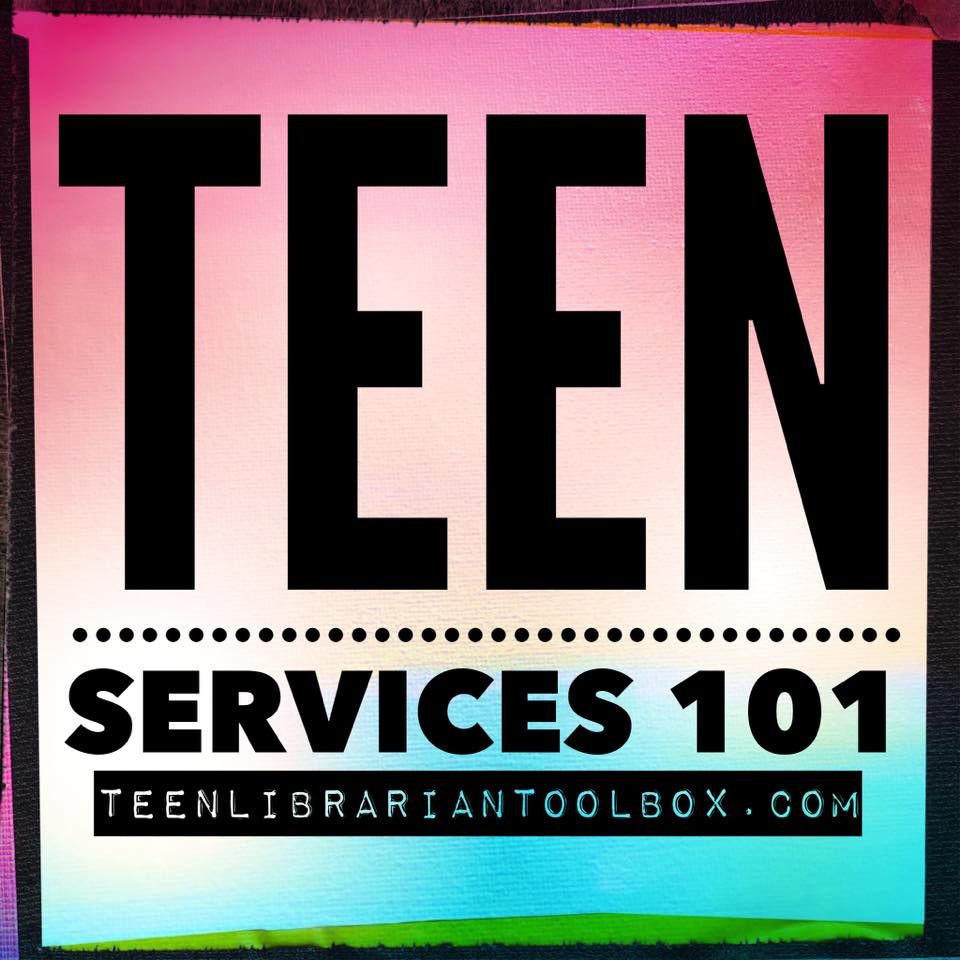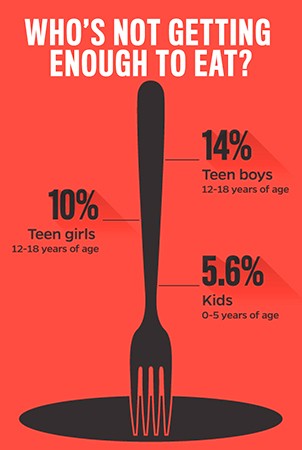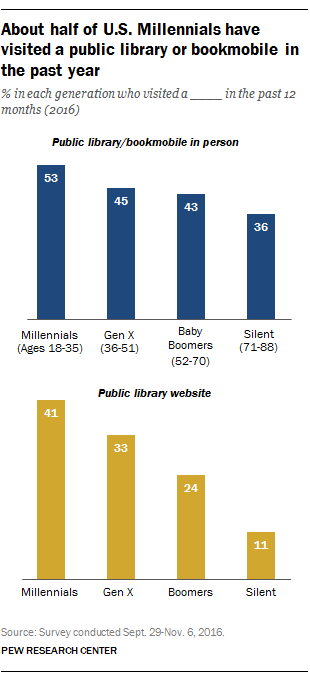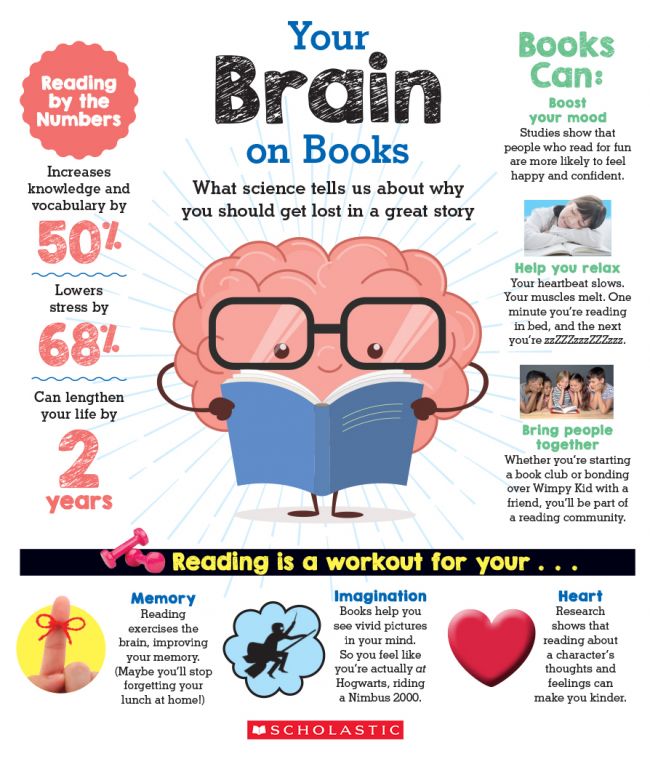Teen Services 101: Serving Teens, Challenges and Rewards

So here we are in the midst of our Teen Services 101 series. We’ve talked a bit about who teens are and what they want from public libraries. Today, we’re going to talk specifically about the challenges and rewards for serving teens in our libraries.
The Challenges
Time
In my house, this is the last day of school and we are just counting down the days because The Teen needs a break like no one has ever needed a break before. I spent all day Saturday up at the school watching my teenage daughter be involved in 2 out of 8 plays. The next day, she returned to school for a six hour musical rehearsal. She comes home every night after 8:00 PM, having spent more than 12 hours at school, and then does another 3 hours of homework. She, like many teenagers, does not have a lot of free time to spare.
ADVERTISEMENT
ADVERTISEMENT
Teens go to school for 8 hours a day and then there is homework, extra curricular activities, part-time jobs, religious commitments and taking care of younger siblings. Teens don’t have a lot of free time. Then tend to have less free time than most of the full-time working adults that I know. So trying to find a time to get teens to come to a program can be a challenge, which is one of the reason why I suggest programming include self-directed programming in addition to more traditional programs that occur on a specific date at a specific time.

Stress
Recent surveys reveal that teens are experiencing increasing and dangerous levels of stress and anxiety. Teen suicide rates are rising. I know that when The Teen comes home after a long day at school and settles in for that 3 hours of homework, it’s not unusual for her to cry and lament that she doesn’t know how she’s supposed to get all of this stuff done. Our teens today are stressed and one of the greatest things we can do right now for them is to give them space and time to decompress and relax.
Poverty/Hunger

https://hub.jhu.edu/2017/02/13/food-scarcity-poverty-hunger/
See also: Effects of Childhood Hunger at
https://secure.nokidhungry.org/site/SPageNavigator/SHARE/SHARE_Teachers_Report_2012.html
1 in 5. That’s the number of youth that walk into our building facing food insecurity. That means they don’t know when or where there next meal is coming. Have you ever been hangry? Some of the kids and teens that walk into our building are hangry all the time. They’re malnourished, lack focus, and their tank is running low.
Transportation
I have often noticed that as kids become teens and that individuation occurs – and this is a key development at this stage – transportation becomes a growing issue. They don’t always have a way to get to and from the library. Parents may go back to work full-time now that teens can be left home alone, for example. Though younger teens are still not driving themselves. So getting to and from the library can be a challenge, especially if you live in a location that doesn’t have good public transportation and you do not live within walking distance of your library branch.
Competition
It’s easy for us to think well everything we have and do is free and we’re non-profit so there really isn’t any competition, but that is not true. We face competition for the time and attention of our community teens daily. Streaming services mean you don’t necessarily need to go to the library to check out the newest movie or video game or music cd. A lot of teens do have access to the Internet on a fairly consistent basis. Many families now order the books they need and have them delivered right to their door within 48 hours. This doesn’t mean our services are no longer valuable, it just means we have to work harder at connecting with the public and making sure they understand who we are, what we do, and how that can positively impact their lives.
The conversation about competition can, of course, differ widely because there is a lot of privilege and class tied up in this. The digital divide is real and growing. Our job is to help bridge that divide and meet a wide variety of needs for a wide variety of patrons at a wide variety of stages of their life. It’s a big mission that takes an informed and dedicated staff with a solid foundation of resources at their disposal, something a lot of libraries are struggling with.
The Rewards
So we’ve talked about just a few of the biggest challenges to serving our teens, but what are the rewards? And trust me, there are rewards.
Asset Building
We talked in the Foundations: Understanding Teens Today segment about the 40 Developmental Assets. We know that teens need as many of these assets as possible to help them be happy and healthy individuals and libraries are in the business of asset building. Even if you don’t know you are doing it, you are in the business of asset building, both formally and informally.
One of the assets, for example, is engaging in reading for pleasure a minimum of 3 hours a week. In order for that to happen our teens need access to books. Just by opening our doors and building collections we’re providing the tools teens need to check this asset off of their list.
Many of the other assets deal with things like being engaged in learning and crafts, having a safe space, and feeling like your community values you. All of these assets are helped by having a public library that actively chooses to serve teens in meaningful ways and communicates to teens that they are valued by the adults in their community. Providing quality teen services helps teens gain assets and this is important.
Healthy Teens, Healthy Communities
Public libraries are in the business of serving the local community, which by definition includes teens. And the healthier we can help those teens become, the healthier our overall communities are. When one part of the community is sick, the entire community is sick because it has ripple effects. Public library services to teens is one part of the whole when it comes to building healthy teens and healthy communities.
Current Users = Future Users
The idea of providing dedicated, specialized, quality library services to teens really started to gain momentum back in the late 1970s and early 1980s. In the early 1990s there was a huge push to hire dedicated YA librarians. I was one of those hires. We spent the next 2 almost 3 decades serving teens believing that if we continued the work that our children’s librarians began, we would maintain library users in the teen years and that they would grow to become dedicated library users and supporters as adults. We argued that if we lost teens as users in the teen years, it would be harder to convince them to come back in the adult years. This appears to have been solid reasoning. Recent PEW studies about millenial library users indicate that they use libraries more than previous generations despite having access to things like the Internet and smart phones and Amazon.

It’s true that millennials are facing more economic hardship than previous generations and that plays a part in their increased library use, but I believe part of the reason that they knew they could have their needs met at the library was because we demonstrated that to them consistently as teens. When they needed some place to go for access, they knew they could come to the library because we didn’t lose them as teenagers.
We begin serving patrons at birth with things like storytimes and books and programs and a focus on every child ready to read and it only makes sense for us to continue that service into the teen years. It’s hard to get someone to come back once you lose them, so consistent service at all ages and stages helps us maintain library users and supporters.
Teens Have Parents Too!
ADVERTISEMENT
ADVERTISEMENT
When we talk about serving children, we talk a lot about lofty goals like every child ready to read and supporting education, etc. But the truth is, when we’re being honest, we’ll also say things like kids have parents and those parents vote and we want to keep them happy. Spoiler alert: Teens have parents too and those parents vote and we should still want to keep them happy. Parents of teens are often looking for things that don’t cost a fortune to keep their teens engaged and this is an opportunity we should not let go to waste. When we’re serving teens we are also serving their parents.
Raising Readers
Have you ever seen all the benefits of reading? It’s amazing when you think about it. Scholastic put out this chart which helps us get just a glimpse of the benefits of reading.

Do you see there where it says that reading can lower stress by 68%? We’ve just talked up above about how stressed out our teens are and here’s a way we can help. Reading improves mood, memory, language, and overall health. We want to make it as easy as possible for our teens to be reading. You know who helps teens be readers? That’s right – public libraries!
So now that I have hopefully convinced that even with the challenges we should definitely be serving teens, next installment we’re going to be talking more specifically how to do that.
I’m just getting started, what do I need to be successful?
Foundations: Understanding Teens Today
What Do Teens Want from Libraries Today?
Filed under: Uncategorized
About Karen Jensen, MLS
Karen Jensen has been a Teen Services Librarian for almost 30 years. She created TLT in 2011 and is the co-editor of The Whole Library Handbook: Teen Services with Heather Booth (ALA Editions, 2014).
ADVERTISEMENT
ADVERTISEMENT
SLJ Blog Network
2024 Books from Pura Belpré Winners
In Memorium: The Great Étienne Delessert Passes Away
Winnie-The-Pooh | Review
Parsing Religion in Public Schools
ADVERTISEMENT







